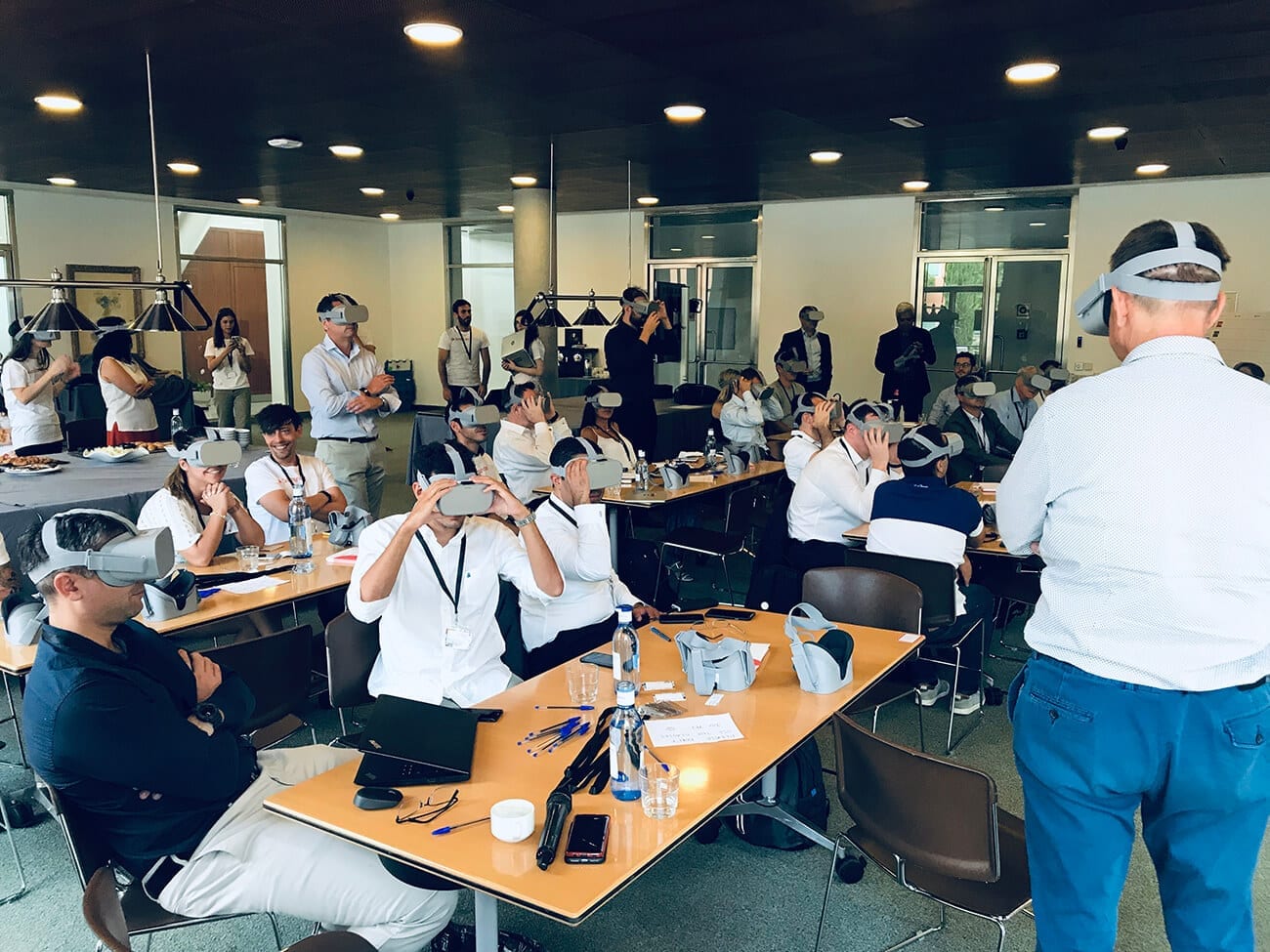Digital transformation in the new normal
Digital transformation: work, education and shopping from home became the new mode.
Although industrialized countries to a greater or lesser extent already had digital tools to manage their businesses and even digital tools for training, sales and operations were slowly transforming.
There is still a significant gap that prevents customers from “virtually approaching” their suppliers and it has been made evident by the circumstances that have accompanied us during this year 2020.
Many businesses have had to close, others are enduring the days by scaling down their operations to the bare minimum or have changed their products to those related to the Coronavirus pandemic in order to survive.
It is no different with large companies that had to rethink, reduce their forecasts and expectations and even lay off a good part of their employees in order to adjust to the pace of sales imposed by the confinement.
It is then time to evaluate, test and implement new technologies that we had in lower priority waiting for them to be stable or for another company to evaluate them before taking the risk.
The amount of investment has always been an important factor given the circumstances of international trade,
many suppliers have agreed to re-evaluate their costs in order to sustain themselves, benefiting all their customers.
Within these “new” technologies we have Virtual, Augmented and Mixed Reality, applied to entertainment to attract customers,
such as those developed by TwoReality for pharmaceuticals or those applied to training for
to massify the scope and reduce costs or to optimize industrial processes.
According to the Institute for the Future’s Digital Transformation survey, while 27% of participants said they had implemented digital technology, 92% said they were willing to use it.
Another plus is that 93% are struggling to become a successful business by 2030 and 57% are doing so barely to sustain themselves.
However, for a successful digital transformation process it is important to take some points into account,
as the business strategy, the desired geographic coverage,
potential customers to be discovered and the savings or profit you will achieve with the investment.
The implementation of technology should always be analyzed according to the commercial return such as reducing costs and expenses,
increase efficiency or if it will be able to support the business plan in its execution process.
It is important to analyze the potential value based on a comparison with the current situation, either against manual process figures or against existing applications.
Key to this is taking current metrics and applying them against cost, time to implement,
the time it will take to integrate, the previous costs of the same task performed and the contribution to the commercial work.
Having evaluated the above, the technology requires an implementation plan,
a change management plan and a materialization plan in the commercial figures;
When these three complement each other, the digital transformation plan is very successful.
Keep in mind that technology advances every three months and what we discarded the previous year,
will surely have evolved to the point where we need it today;
it never hurts to validate other companies that have implemented it to learn about their experience.
There are many successful examples based on Virtual Reality, such as the training systems developed by TwoReality for banks, industry 4.0, construction and machinery.
With these immersive systems, knowledge retention increases from 15% in classrooms to 40% thanks to the concentration achieved with virtual reality glasses or interactive augmented reality systems.
It is also possible to integrate augmented reality systems into manufacturing processes,
developing applications that run on glasses or helmets in which the component collection and assembly process is uploaded.
Another application in Industry 4.0 is in the simulation of prototypes,
reducing development time thanks to the projection in the form of holograms that can be shared by the team in evaluation and improvement sessions.
Those who want to get their offices, warehouses and stores into the hands of the customer,
can integrate 360º videos and their web applications in augmented reality formats so that the customer can simulate the product in the desired location, without leaving the site.
For the past 11 years, TwoReality has been working hand in hand with the financial and insurance sector to facilitate the access of customers to their investment products, furniture and real estate on the screens of their cell phones and tablets.
From entertainment to machine component overhaul, manufacturing, training and virtual tours;
we have developed a number of tools that support increased sales and cost reduction through this new technology.
From TwoReality we continue to create the best content and applications for different devices. Tell us about your project.





